


We get your business up and moving. We are a passionate bunch of number crunchers /budget heads. Whether it be an entire overhaul of your accounting department, managing your payrolling, or simply serving you as a bookkeeper – we are here.
In a move that could reshape bilateral trade dynamics, the United States has recently imposed new tariffs on Indian imports, targeting sectors like textiles, pharmaceuticals, steel, and IT services. These tariffs range from 10% to 25% and are perceived by experts as a response to what the U.S. administration deems as unfair trade practices and limited market access for American companies in India.
The US is one of India’s largest trading partners, and the introduction of tariffs could lead to higher prices, reduced competitiveness, and strain in diplomatic relations.
Trade tensions between India and the USA are not new. However, the latest tariffs have emerged after prolonged disagreements over data localization, market access to agricultural products, and e-commerce regulations. The USTR (United States Trade Representative) stated that India’s policies pose barriers to American businesses and necessitated corrective action.
GJM & Co. recommends Indian exporters:
The tariffs, though administrative decisions, could be challenged under the World Trade Organization (WTO) framework. However, geopolitical considerations often overshadow such legal proceedings.
An increase in tariffs can impact the INR-USD exchange rate. Higher import duties might reduce foreign currency inflows, leading to a potential weakening of the rupee.
India may respond with retaliatory tariffs or initiate dispute resolution proceedings via WTO. However, maintaining dialogue through bilateral forums remains crucial.
This development emphasizes the need for strategic trade diversification, regulatory foresight, and customs compliance. Indian exporters must gear up for a period of unpredictability in global trade.